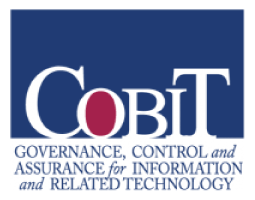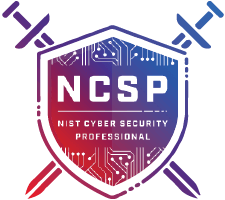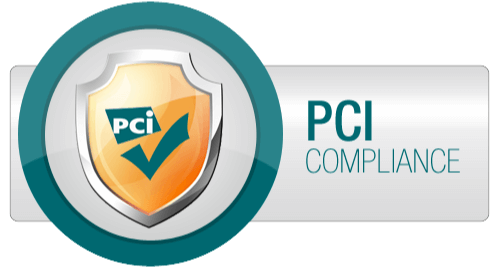March 22, 2017 marked an incredible day in history for the 6.5 million students receiving special education services in public schools. The Supreme Court case Endrew F. vs. Douglas County Schools is eloquently summed up by Chief Justice John Roberts: “The IEP is not a form.” This statement has become the center of a variety of campaigns sponsored by disability advocacy groups and organizations, including one by TASH.
At the heart of the matter is getting back to the team-based approach to the IEP and ensuring a child’s individualized needs and supports are addressed. IDEA states that parents must be invited to, attend, and participate in their child’s IEP meeting. This is a vague description of their role and one that can be subject to a variety of interpretations. Here are three meaningful ways that parents can participate in the meeting and be active, contributing partners to the team.
Presume Positive Intentions
Parents want to work with you. They also want what is best for their child at school, at home, and in the future. So often, parents have had negative previous experiences with IEP meetings or team members and that leaves a bad taste for future experiences. Combative attitudes, accusatory words, and cloak and dagger communication are toxic to the team and are often the result of misinformation or unsavory experiences.
Keeping in mind the parent’s point of view is instrumental in resetting the relationship and starting everyone off on a positive note. A great technique is for parents to share their vision of the future for their child or if possible, have the student share his hopes and dreams with the IEP team. It will remind everyone why they are there and part of the team.
Address Conflicts and Disagreements
Recognizing that there is always the possibility of disagreements as part of a team is an important fact of the team-based approach. There are a variety of legal protections as part of the IEP process that protect both the student and his/her family and school teams. However, before any formal conflict resolution takes place, teams should commit to informal problem-solving protocols.
For instance, a mutually agreed-upon facilitator can listen to both sides and bring clarity to the issue. Again, at the heart of the conflict are the best interests of the student which sometimes requires all team members to take a step backwards and adjust their perspectives.
Involve Early and Often
Going back to Chief Justice Robert’s statement that the IEP is not a form, serves as a great reminder that the IEP is not a “one and done” deal. At the start of the school year, teams should collaborate to determine how to best involve all members, including parents. Communication should always be priority and should include language and interpretation, with ample opportunity to connect via email, phone, or text.
Schools need to ask parents their opinions, share student successes, and partner with them to support student through their learning experiences (both good and challenging). Special education team members share a lot of power in the student’s future therefore it is important that everyone is on the same page to ensure the best and most meaningful outcomes for the student.










